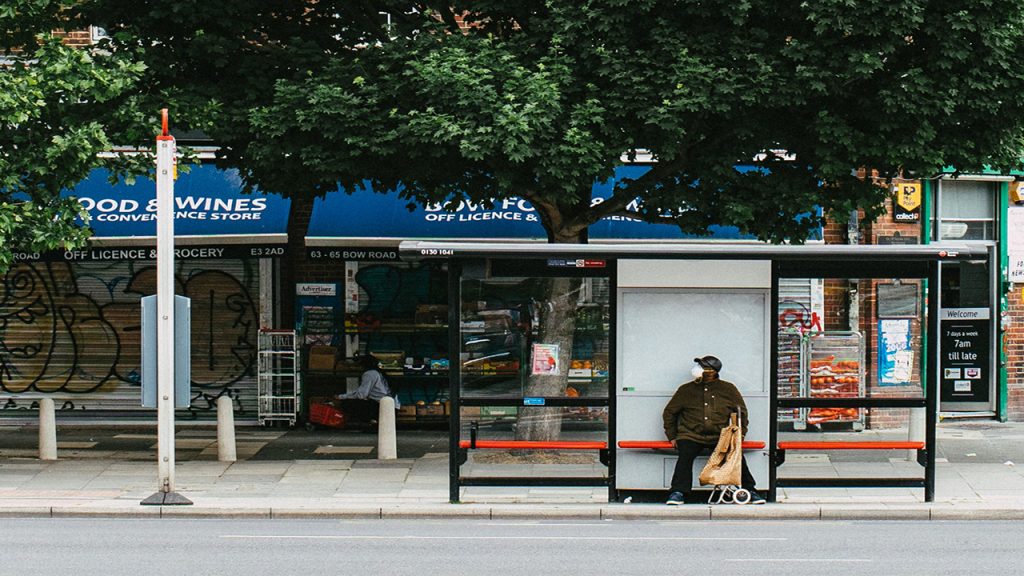
UK’s first lockdown reduced air pollution but caused surface ozone levels to rise
Less traffic on the roads during the UK’s first COVID-19 lockdown led to large and rapid reductions in air pollution, but may have caused potentially damaging surface ozone levels to rise.
Nationwide levels of nitrogen dioxide, a toxic gas released from vehicle exhausts, fell by 42% on average between March and May this year.
A study published today in the journal of Atmospheric Chemistry and Physics shows that during lockdown there was a sharp decrease in the number of times the UK’s legal limits of air pollution were broken, compared to previous years. During lockdown, only one exceedance for nitrogen dioxide was recorded in London.
Scientists from the National Centre for Atmospheric Science and the universities of York and Edinburgh also found that while nitrogen dioxide levels dropped away, ground-level ozone rose by 11% on average across the country.
As ozone levels crept up over the lockdown, permitted levels of the gas were breached. Ozone exceedances rose by 50% compared to the last few years.
When found at the Earth’s surface, where we live and breathe, ozone can trigger a variety of health problems – particularly for children, the elderly, and people of all ages who have lung diseases.
The scientists behind the study believe that our warm and sunny spring weather may have been a contributing factor to the rise in surface ozone, but they also highlight that increases in ozone are a known side-effect of lowering nitrogen dioxide.
Professor James Lee, from the National Centre for Atmospheric Science and University of York, said levels of ozone were worst in the South of England during the first lockdown.
The problem is being created by the change in chemistry between nitrogen oxides and ozone. The main reason is the reduction in the nitrogen dioxide levels, which in cities can cause an increase in ozone, but the warm sunny weather in April and May also increased the ozone levels.
London, Chilton in Oxfordshire and Camborne in Cambridgeshire saw increases of around 50% compared to previous years, with Glasgow and Inverness showing smaller increases of around 30%.
Professor James Lee, Atmospheric Chemist from the National Centre for Atmospheric Science and University of York
The study shows that there is real potential for ozone to become a concern, as nitrogen dioxide emissions are reduced in line with the government’s Clean Air Strategy over the next 10–20 years.
If the Covid-19 lockdown is taken as an example of how air quality will respond to future reductions in vehicle emissions – with more electric vehicles being introduced – it serves as a warning that the problem of ozone must also be anticipated.
Professor Lee adds, “These results are a cautionary tale. As well as looking at how we reduce levels of nitrogen dioxide by cutting diesel and petrol emissions, we also need to keep an eye on what is happening with ozone so it doesn’t become a problem.”
Scientists have yet to see if the second UK lockdown affected air quality in the same way, but early results indicate that reductions in nitrogen dioxide were much smaller compared to April and May.
